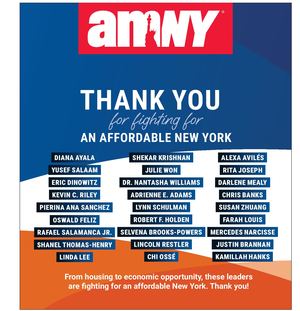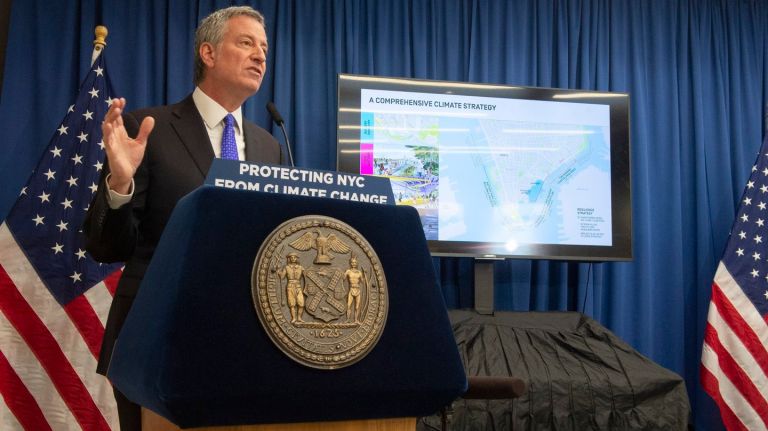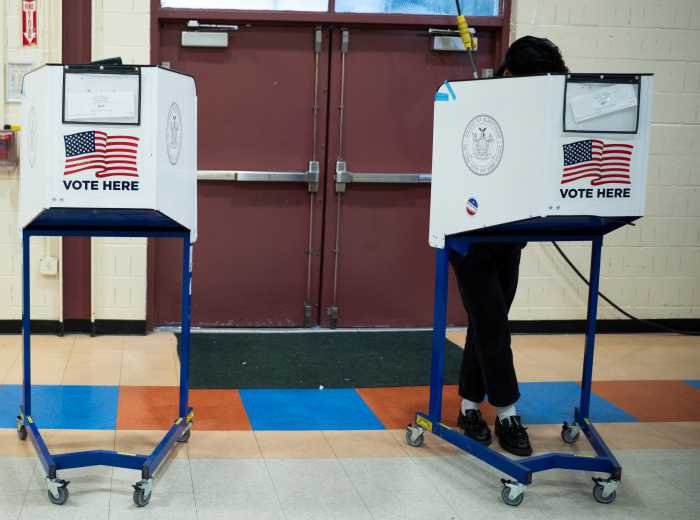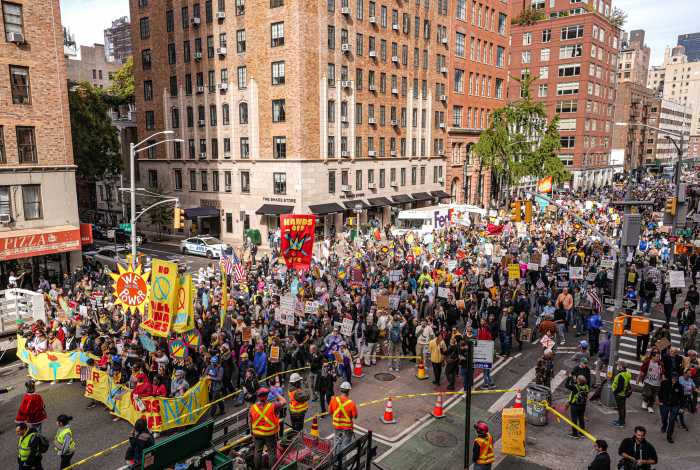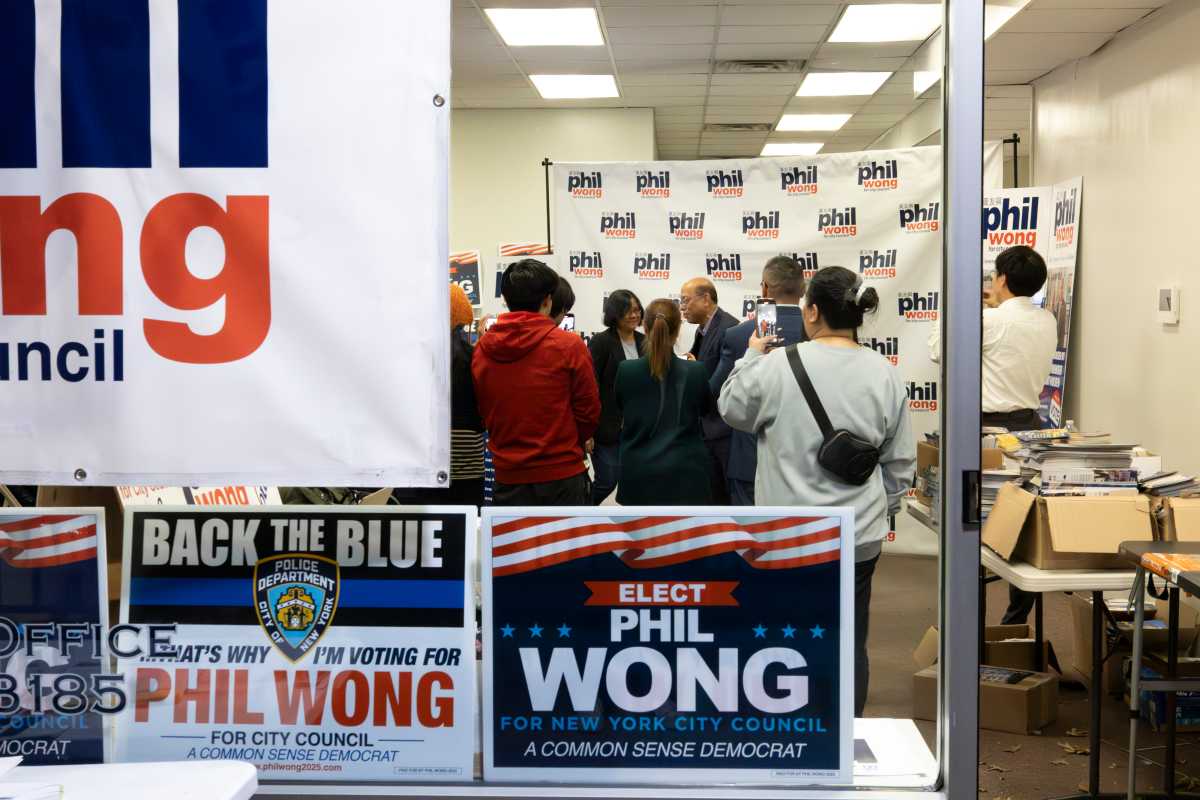
The storm is coming. And right now, lower Manhattan isn’t ready for it.
Mayor Bill de Blasio recently unveiled a plan to protect the financial district and surrounding area from the impacts of climate change — the more powerful storms and rising seas sure to come in the years ahead.
The plan comes more than six years after Superstorm Sandy flooded parts of NYC, killing 44 and damaging 17,000 homes. Lower Manhattan was just one of many neighborhoods hit. But while then-Mayor Michael Bloomberg had emerged with an initial proposal for the area in 2013, de Blasio chose to rethink those plans.
That effort led to a broader look at a larger swath of land, stretching from East River Park around the southern tip of Manhattan. While that approach was welcome, it has taken the de Blasio administration too long to emerge with a game plan for one of the city’s most vulnerable areas, and now even more planning apparently is required.
De Blasio will be able to take some steps — adding removable barriers in key spots, for instance — more quickly, spending about $500 million on that. But the centerpiece — a $10 billion plan to push out the coastline by as much as 500 feet by adding land near South Street Seaport and the financial district — is a complex effort that will start with two more years of study. That means any action would be years away, likely falling into the next mayor’s lap. What’s more, the plan would require federal funding and come with community and environmental concerns that will have to be addressed.
De Blasio isn’t wrong to think big. But in what has become a regular refrain, the mayor has to find ways to marry big ideas with reality, and to act faster. Otherwise, this will end up in a desk drawer, never to be seen again.
Beyond lower Manhattan, de Blasio must accelerate plans for the East River Park, the rest of the so-called Big U, and Staten Island and the Rockaways, too. De Blasio must prioritize these efforts and, wherever possible, start the work. Only then will NYC be better prepared for the next big storm.
